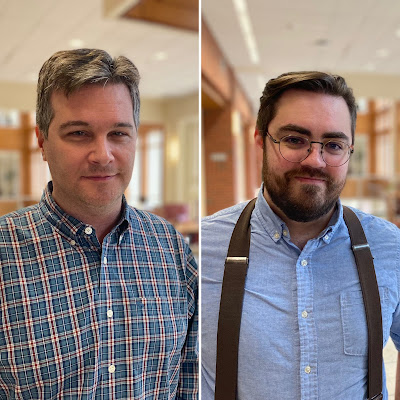Center researchers to focus on biofuel and fossil fuel applications using revolutionary concept
October 26, 2010
Contact: Jana Smith, Director
Strategic Communications for R&D
University of Oklahoma
405-325-1322; jana.smith@ou.edu
Norman, Okla.—A University of Oklahoma research team recently received a $2.9 million grant from the Department of Energy Experimental Program to Stimulate Competitive Research to establish a new Center for Interfacial Reaction Engineering, which will focus on applications of biofuel and fossil fuel upgrading using a revolutionary concept developed at OU.
Daniel Resasco, OU professor in the School of Chemical, Biological and Materials Engineering, will direct activities of the multi-institutional project, which includes team members Jeffrey Harwell and Friederike Jentoft, OU professors with expertise in colloidal chemistry and catalysis; Sanwu Wang, University of Tulsa professor with expertise in theoretical modeling of interfaces; and Khaled Gasem, Oklahoma State University professor with expertise in thermodynamic properties.
According to Resasco, tiny nanoparticles are used in the process to accelerate reactions at the interface of water and oil. Solid nanoparticles converted into catalysts that work in both water and oil have been called ‘Janus’ particles like the mythological, two-faced Roman god. Nanoparticles that are attracted to water and oil seek out water-oil interfaces. The product of the reaction is an emulsion used to convert biomass in the refinery process or in enhanced oil recovery processes.
More important, these catalysts can be recovered even from complex mixtures, such as those that result when biomass products are upgraded into fuels. Clearly, there are many other applications for this group of solid catalysts that can stabilize water-oil emulsions and catalyze reactions at the liquid-liquid interface. The chemical and pharmaceutical industries should find these catalysts useful in new drug development.
An article on this subject was published in the Jan. 1, 2010, issue of the scientific journal Science at www.sciencemag.org.
Contact: Jana Smith, Director
Strategic Communications for R&D
University of Oklahoma
405-325-1322; jana.smith@ou.edu
Norman, Okla.—A University of Oklahoma research team recently received a $2.9 million grant from the Department of Energy Experimental Program to Stimulate Competitive Research to establish a new Center for Interfacial Reaction Engineering, which will focus on applications of biofuel and fossil fuel upgrading using a revolutionary concept developed at OU.
Daniel Resasco, OU professor in the School of Chemical, Biological and Materials Engineering, will direct activities of the multi-institutional project, which includes team members Jeffrey Harwell and Friederike Jentoft, OU professors with expertise in colloidal chemistry and catalysis; Sanwu Wang, University of Tulsa professor with expertise in theoretical modeling of interfaces; and Khaled Gasem, Oklahoma State University professor with expertise in thermodynamic properties.
According to Resasco, tiny nanoparticles are used in the process to accelerate reactions at the interface of water and oil. Solid nanoparticles converted into catalysts that work in both water and oil have been called ‘Janus’ particles like the mythological, two-faced Roman god. Nanoparticles that are attracted to water and oil seek out water-oil interfaces. The product of the reaction is an emulsion used to convert biomass in the refinery process or in enhanced oil recovery processes.
More important, these catalysts can be recovered even from complex mixtures, such as those that result when biomass products are upgraded into fuels. Clearly, there are many other applications for this group of solid catalysts that can stabilize water-oil emulsions and catalyze reactions at the liquid-liquid interface. The chemical and pharmaceutical industries should find these catalysts useful in new drug development.
An article on this subject was published in the Jan. 1, 2010, issue of the scientific journal Science at www.sciencemag.org.


